Best hardware vocal compressors 2025 Analogue studio hardware to suit all budgets and styles
Our pick of modern and vintage-style compressors and limiters in rack, desktop and 500 series formats
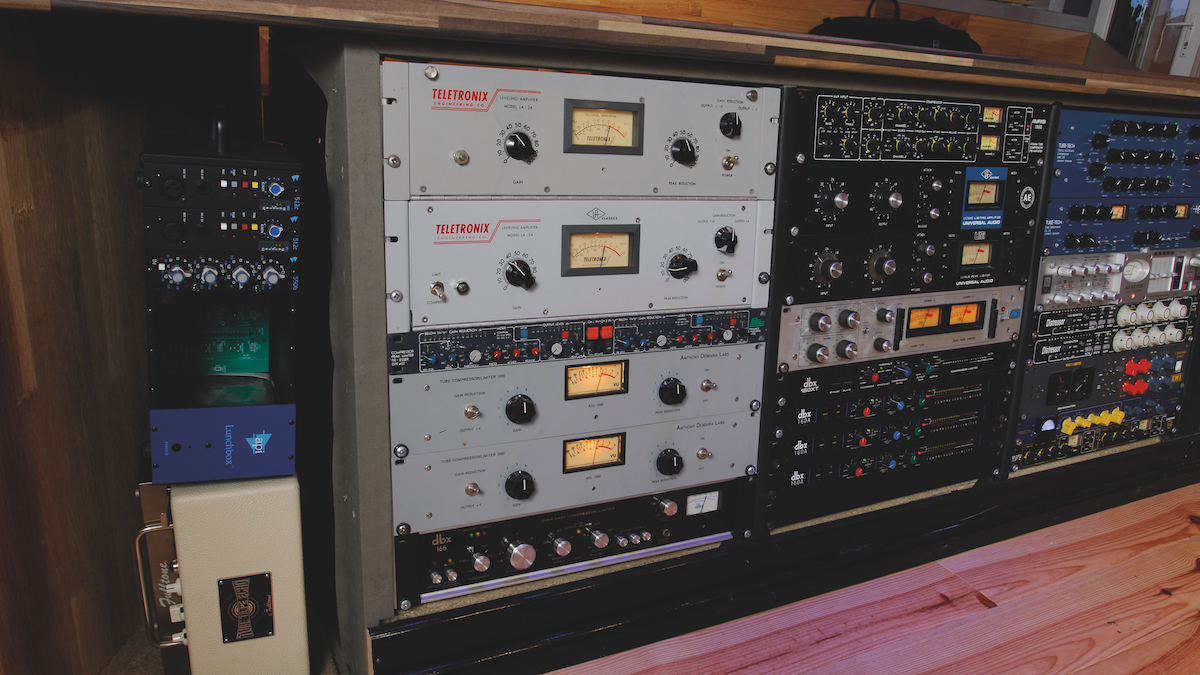
Compression is an absolute staple studio effect. In short, a compressor squeezes an audio signal, reducing the dynamic range resulting in the louder elements sounding less aggressive and increasing the level of quieter elements. Compression is an important part of vocal processing, often necessary to ‘smooth out’ the dynamic fluctuations in a vocal performance to make sure it neither overpowers other musical elements or gets lost among them.
In the past, all compression was done by analogue hardware units, which were often expensive and could be unreliable, but were heralded for the ‘character’ they would add to an audio signal (often through subtle saturation as well as distinctive dynamic response). As time has gone on, vintage tube-based compressors were replaced by more reliable and modern solid state equivalents. Over the past few decades, however, hardware vocal compressors have been largely eclipsed by plugin versions, which are far cheaper and more convenient in smaller studios, and often replicate the sound and design of their vintage hardware counterparts.
Hardware compressors remain a popular choice for many producers though, particularly in larger pro studios. Particularly in the higher-end, hardware compressors are still sought out for their distinctive character and hands-on workflow.
It’s worth noting, however, that even the best hardware vocal compressors are just one element of a recording chain that will start with your mic and recording environment, including some form of preamp/interface, potentially a channel strip or EQ, and end with a DAW or recorder. If these other elements aren’t up to the job, don’t expect a hardware compressor to be some kind of magic bullet.
Best hardware vocal compressors: Our top picks
Prepare for some serious fence-sitting. Put simply, there’s no such thing as a definitive ‘best’ compressor when it comes to vocal production (or many other use cases, for that matter). Different compressors will respond to different vocalists, genres and workflows in different ways, and no one design is always going to be the go-to in all situations.
That said, LA-2A-style optical tube compressors are beloved by producers of pop and rock vocals, and with good reason. These ‘levelling amplifier’ designs are great for controlling the volume changes of a dynamic vocal line, whilst also adding a touch of character and colour.
When it comes to LA-2A compressors, Universal Audio’s official reissue is impossible to fault on any front other than its price, which puts it out of reach of anything other than ‘pro’ studio setups.
Warm Audio’s WA-2A is considerably more affordable without compromising on quality. Even if your budget does stretch beyond the price tag of the WA-2A, we’d argue any leftover cash would be best spent on a second compressor, hardware preamp or EQ to pair with it, which would considerably add to the versatility of your vocal recording chain.
Best hardware vocal compressors: Product guide
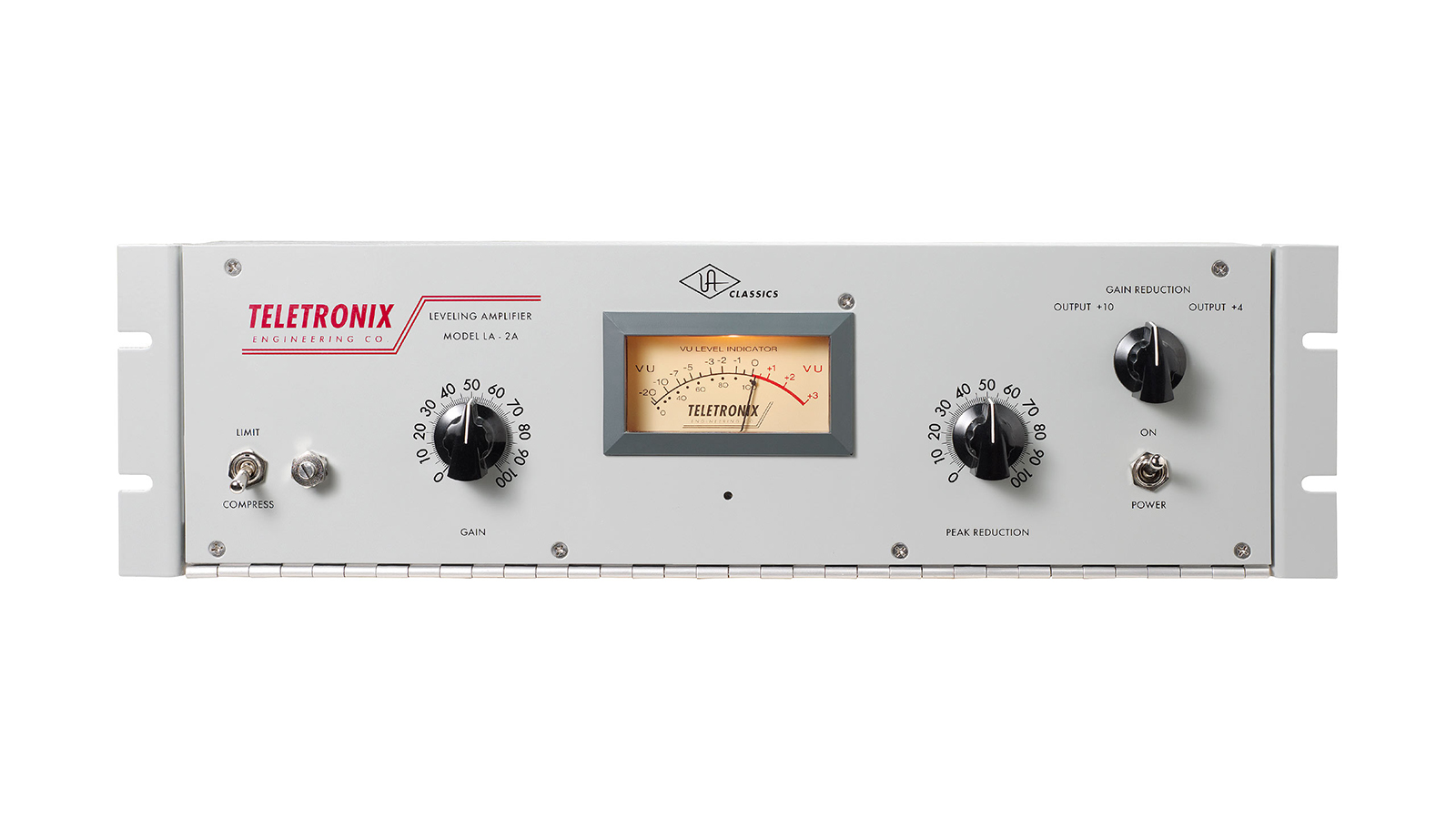
1. Universal Audio Teletronix LA-2A
Our expert review:
Specifications
Reasons to buy
Reasons to avoid
The original LA-2A is possibly the most famous hardware compressor in history. Originally released by Teletronix in the mid-’60s, the LA-2A was reissued in hardware form by Universal Audio in the late ‘90s, with a design based on the same optical tube design as the original.
The LA-2A is an undisputed icon and particularly renowned for the way it handles vocals. It’s been used on countless records over the years by many of the best known studios and engineers. If you’re after classic vocal compression treatment, the LA-2A is the way to go.
That being said, this official hardware version is expensive, with a list price over $5,000/£5,000, making it a serious investment best suited to large pro studios. It’s also been widely emulated and evolved upon both in hardware and software. These days a multitude of excellent emulations can be had for a fraction of the price.

2. Universal Audio 1176LN
Our expert review:
Specifications
Reasons to buy
Reasons to avoid
Along with the LA-2A, the UREI 1176 Limiting Amplifier is one of the most famous and widely-emulated vintage compressors. Again, like the LA-2A, it was also reissued by Universal Audio when the company was revived by Bill Putnam Jr (the son of original 1176 designer Bill Putnam) at the turn of the millennium.
The 1176’s FET design is somewhat different from that of the LA-2A’s optical compression. Broadly speaking, it’s more aggressive, with an adjustable attack capable of much faster compression. It’s also a more versatile design.
The 1176 is known for its ‘all buttons in’ hack, whereby the user can engage all ratio settings simultaneously for a distinctively ‘squeezed’ compression sound that’s great for bringing out the body of an unruly or inconsistent vocal.
Should you buy a LA-2A or 1176 for vocal treatments? The answer, unfortunately, is that it's probably worth having both, in order to handle different duties (they pair great together too). Given the high price of these branded versions though, going down the ‘official’ route to do so is only really an option for pro studios.
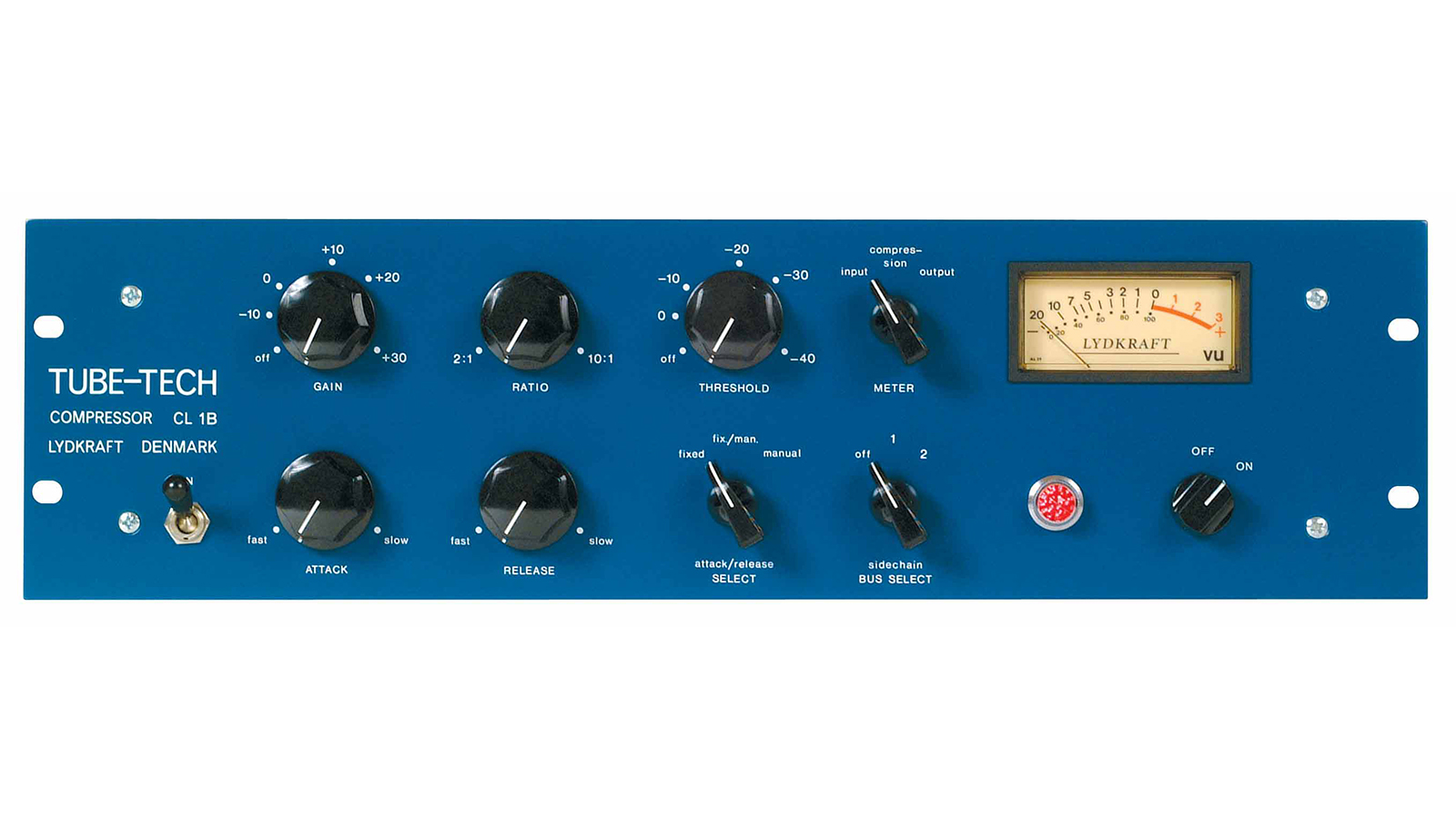
3. Tube-Tech CL-1B
Our expert review:
Specifications
Reasons to buy
Reasons to avoid
Along with the LA-2A, Tube-Tech’s optical tube compressor is another hardware unit regularly cited as a go-to by producers in major studios. Much like its vintage counterpart, the design here is great for its simple operation and smooth yet characterful sound.
The key difference between the two is that the CL-1B is arguably a little more modern sounding, although - as is often true when talking about the subtle realm of compression treatments - any appraisal is largely subjective and open to debate. Its response is similarly musical and versatile though, making it a great all-rounder but particularly suited to vocals.
Although the CL-1B can be had for a bit less than an official LA-2A, we’re still in the realms of multiple thousands of pounds here. Once again, it’s also widely emulated in the software realm, including versions from Softube and UA.

4. Warm Audio WA-2A
Our expert review:
Specifications
Reasons to buy
Reasons to avoid
As its name suggests, the WA-2A is an optical compressor based closely on the design of the LA-2A. Warm Audio’s take faithfully recreates both the sonics and controls of the original Teletronix unit, right down to the classic colour scheme and similarly retro-styled VU level indicator.
The key difference, however, is that the WA-2A retails at less than a fifth of the price of UA’s official version, and will set you back significantly less than a second-hand vintage unit would. Given such a jump down in price, you might expect some serious concessions when it came to the sound, but honestly the WA-2A holds its own with aplomb, capable of smoothly adding presence to vocals much like its vintage inspiration.
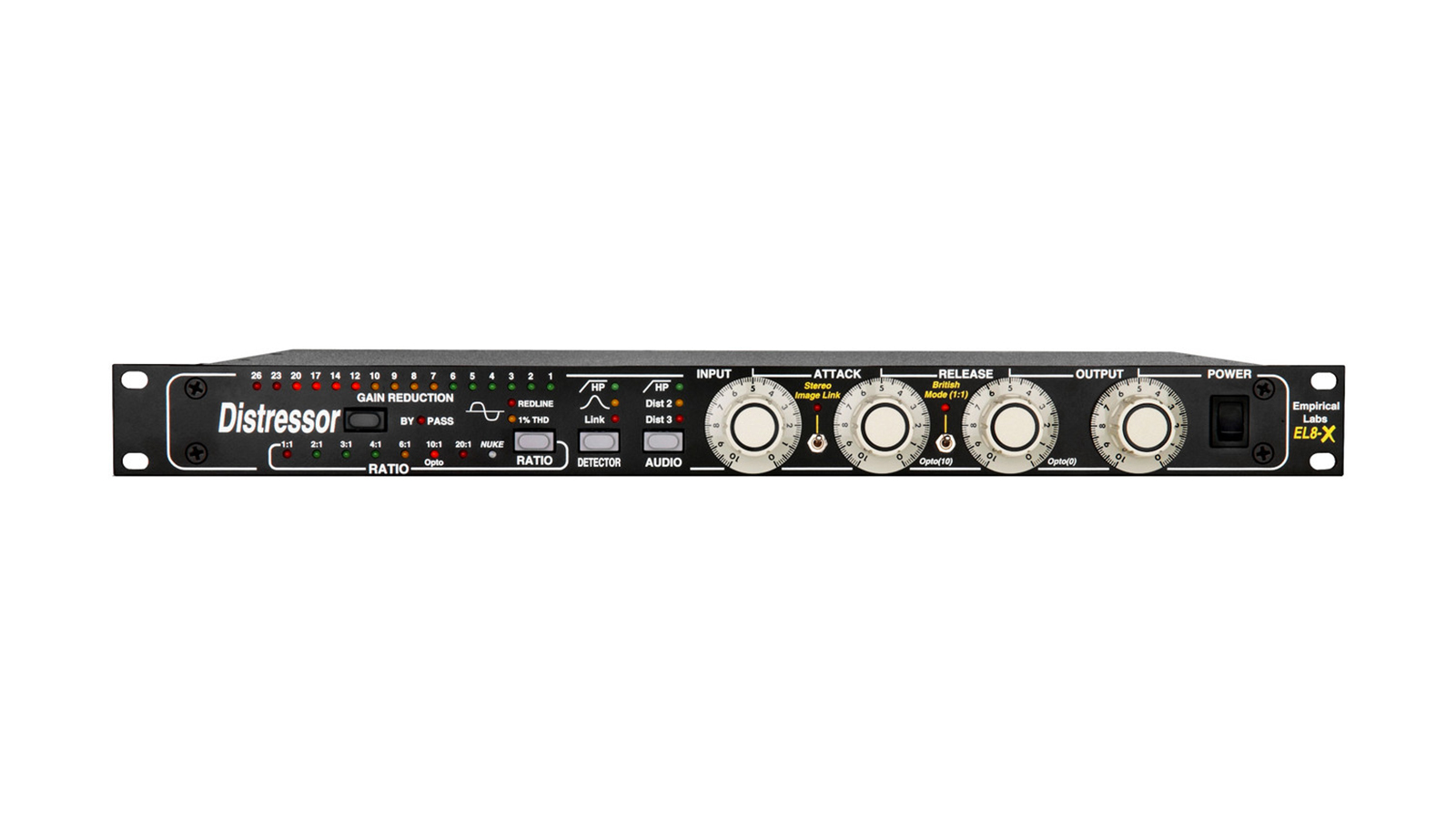
5. Empirical Labs EL8-X Distressor
Our expert review:
Specifications
Reasons to buy
Reasons to avoid
A modern classic in the hardware compression realm, Empirical’s EL8 is a digitally controlled analogue compressor that takes inspiration from a variety of classic hardware units. While it’s arguably best at aggressive compression treatments, suited particularly well to kicks and snares, it’s also fantastic at bringing out the body and presence of a vocal.
In the years since the original EL8 arrived, Empirical have released an upgraded modern version, the EL8-X. This adds the ability to stereo link two units and a ‘Brit Mode’ based on the all-buttons-in effect of the Urei 1176. This latter tool is best known for the way it adds transient punch to drum busses, but many producers like to use it as a way to add an ‘in your face’ quality to vocals too.
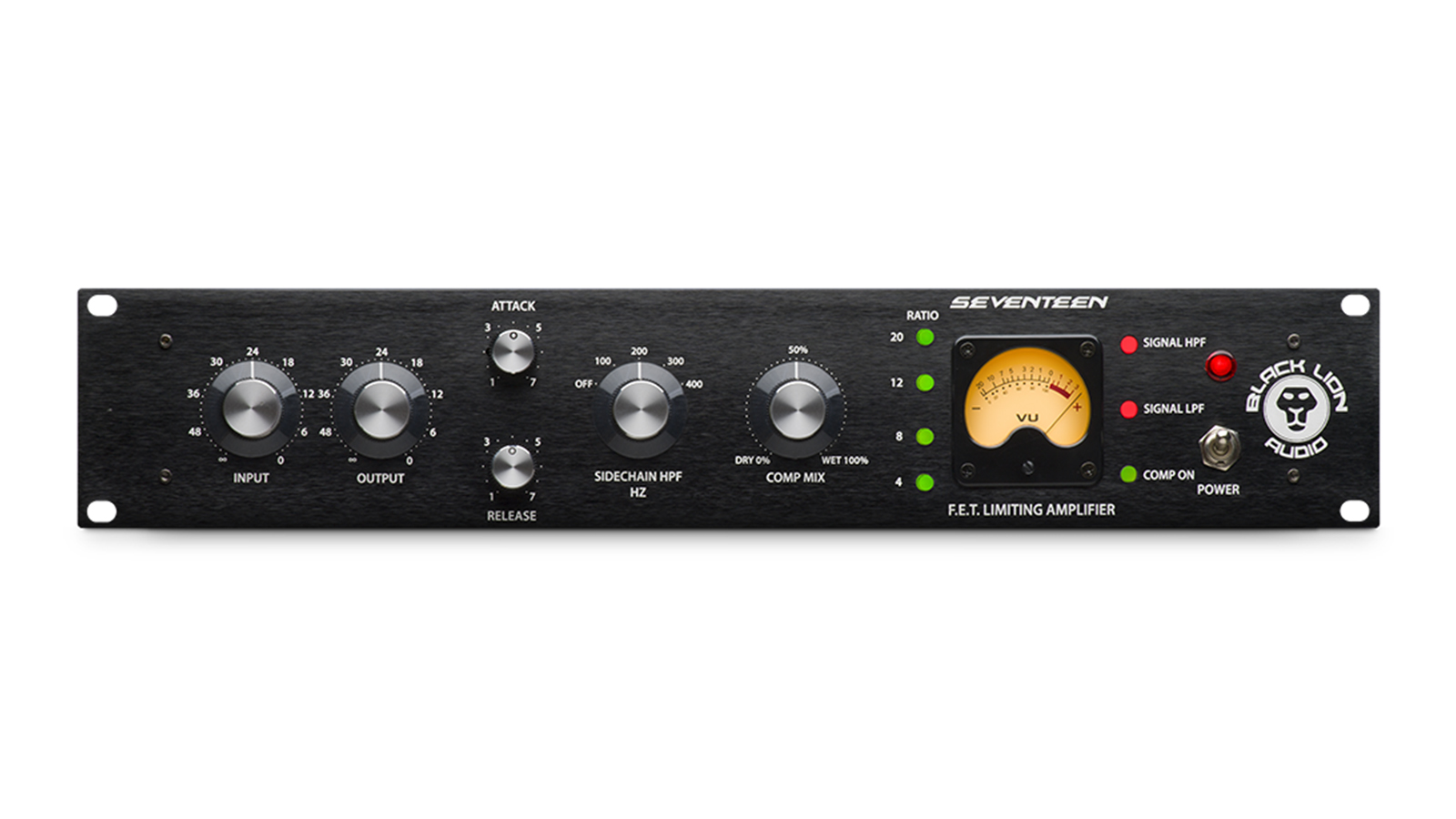
6. Black Lion Audio Seventeen
Our expert review:
Specifications
Reasons to buy
Reasons to avoid
Seventeen is a FET compressor largely based on the design of the classic 1176, although Black Lion’s take modernises the design in several ways.
Firstly, the Seventeen includes an adjustable sidechain with high-pass filter that can be used, for example, to cut a weighty kick out of a drum part when it’s being routed as an input. There are also selectable high- and low-pass filters as part of the main audio signal flow. These can be handy for tidying up noisy signals when applying boost using the compressor, avoiding things like unwanted low-end rubble.
The Seventeen also adds a dry/wet mix control for straightforward parallel processing. In all, this is an impressive 1176-alike, capable of the same punchy vocal treatments, but the modernised elements add extra versatility that will help shape a varied array of sounds. Bearing in mind this all comes in at a very reasonable sub-$/£1,000 price, it makes for a winning combination.
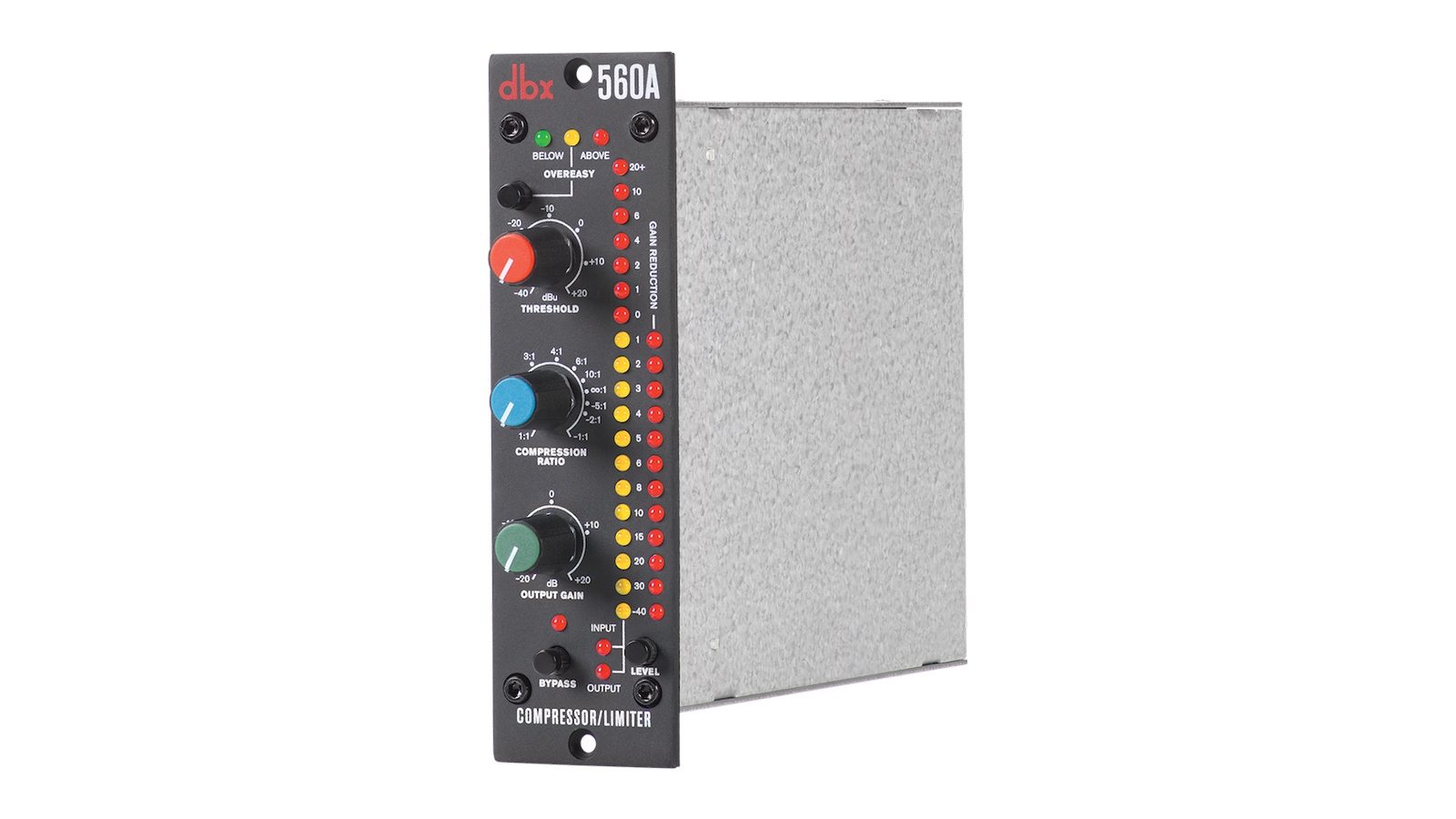
7. dbx 560A
Our expert review:
Specifications
Reasons to buy
Reasons to avoid
The 500 series format provides a convenient, modular approach to studio outboard. There are plenty of compression options available in 500 format, including a multitude based on classic hardware like the LA-2A and 1176.
dbx’s 560A is one of the most enduringly popular 500 series compressors though. It’s based on the company’s own renowned rackmount 160A VCA-based compressor. As with its larger counterpart, the controls here are pleasingly simple, with just Threshold, Ratio and Output Gain dials.
The 560A offers two switchable styles of compression curve: OverEasy and Hard Knee. The former is particularly good for applying smooth compression treatments to vocals. However, with a flick of a switch the compressor can become far more punchy and aggressive, which results in great versatility considering its bargain price.
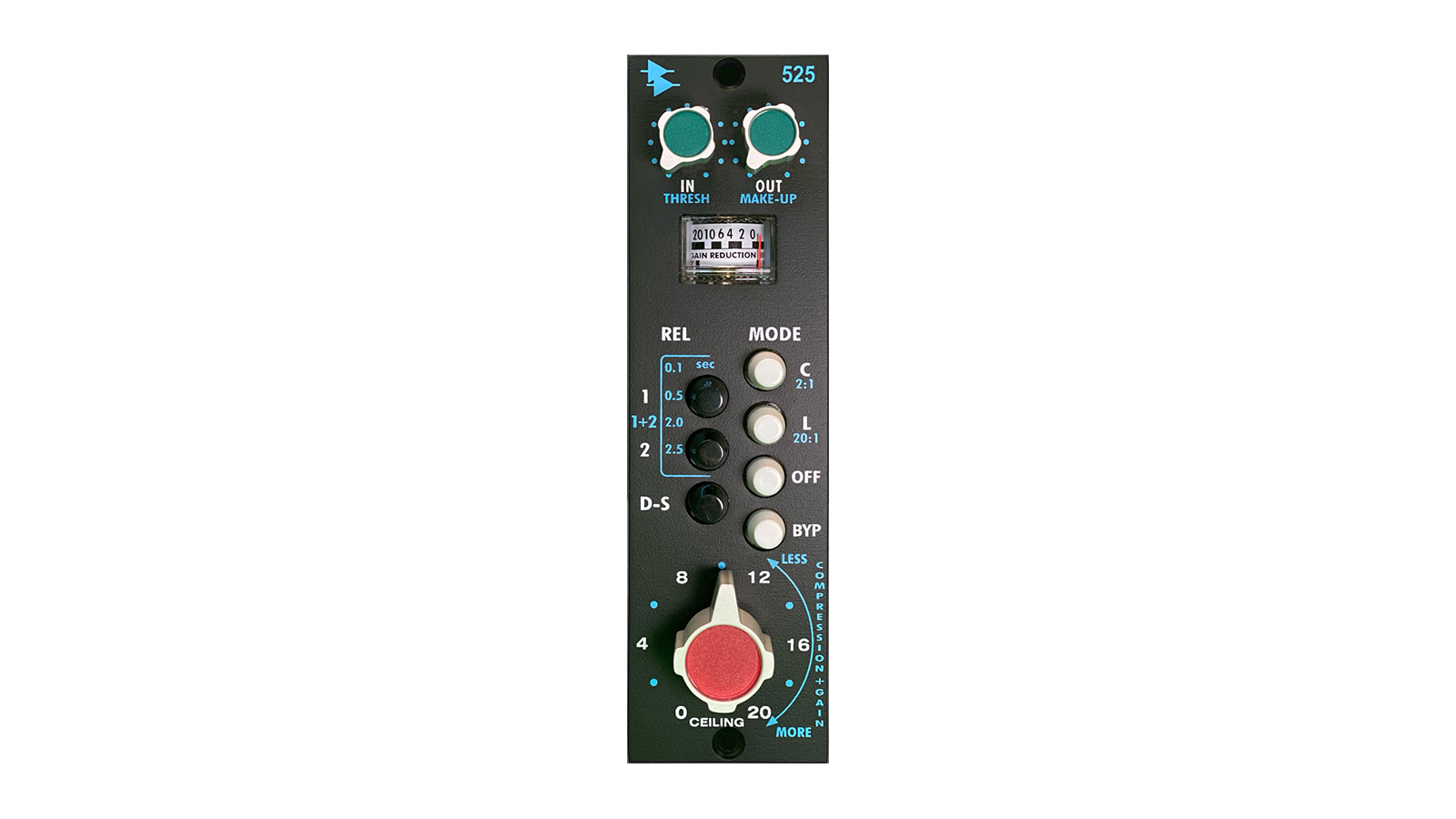
8. API 525 Discrete Compressor
Our expert review:
Specifications
Reasons to buy
Reasons to avoid
API’s 500 series 525 is a faithful replica of the company’s original 525 compressor released in the 1970s. The 525 has a design that is a little unusual compared to many other hardware compressors and tends to divide opinion a little. There are two modes here, labelled Compression and Limiting, which represent ratios of 2:1 and 20:1 respectively.
Attack time for the compressor is set automatically, while release is selectable between four options. The central ‘Ceiling’ dial, meanwhile, adjusts the threshold and output gain simultaneously.
As a design it takes a little getting used to, but there’s no doubt this is a characterful, quality compressor. Some producers absolutely swear by the 525 as a tool for vocal recording. Its onboard de-esser is a handy touch too.
The 525 perhaps isn’t the best option for a do-it-all or first hardware compressor, but certainly a worthy addition to your rack.

9. Golden Age Project Comp-3A Jr
Our expert review:
Specifications
Reasons to buy
Reasons to avoid
The Comp-3A Jr is a downsized and affordable version of GAP’s Comp-3A, itself a clone of the Teletronix LA-3A. That original hardware was a solid state successor to the LA-2A, offering a similarly smooth form of compression albeit with a more modern response and fast attack time.
Despite not packing the characteristic tubes of an LA-2A, it’s still a compressor format that can work wonders on vocals. As with its counterpart, the 3A has pleasingly simple controls meaning there’s little fussing about when it comes to dialling in compression. In fact, this ‘Jr’ model simplifies the design even further, by removing some of the high-pass and gain controls and the needle VU metre.
As a result, the Comp-3A Jr lands at a bargain price (around £300/$300 street), with a small footprint meaning it could happily sit on a desktop as well as being installed into a rack. Two units can be stereo linked, which at this price is realistic even for home studios.
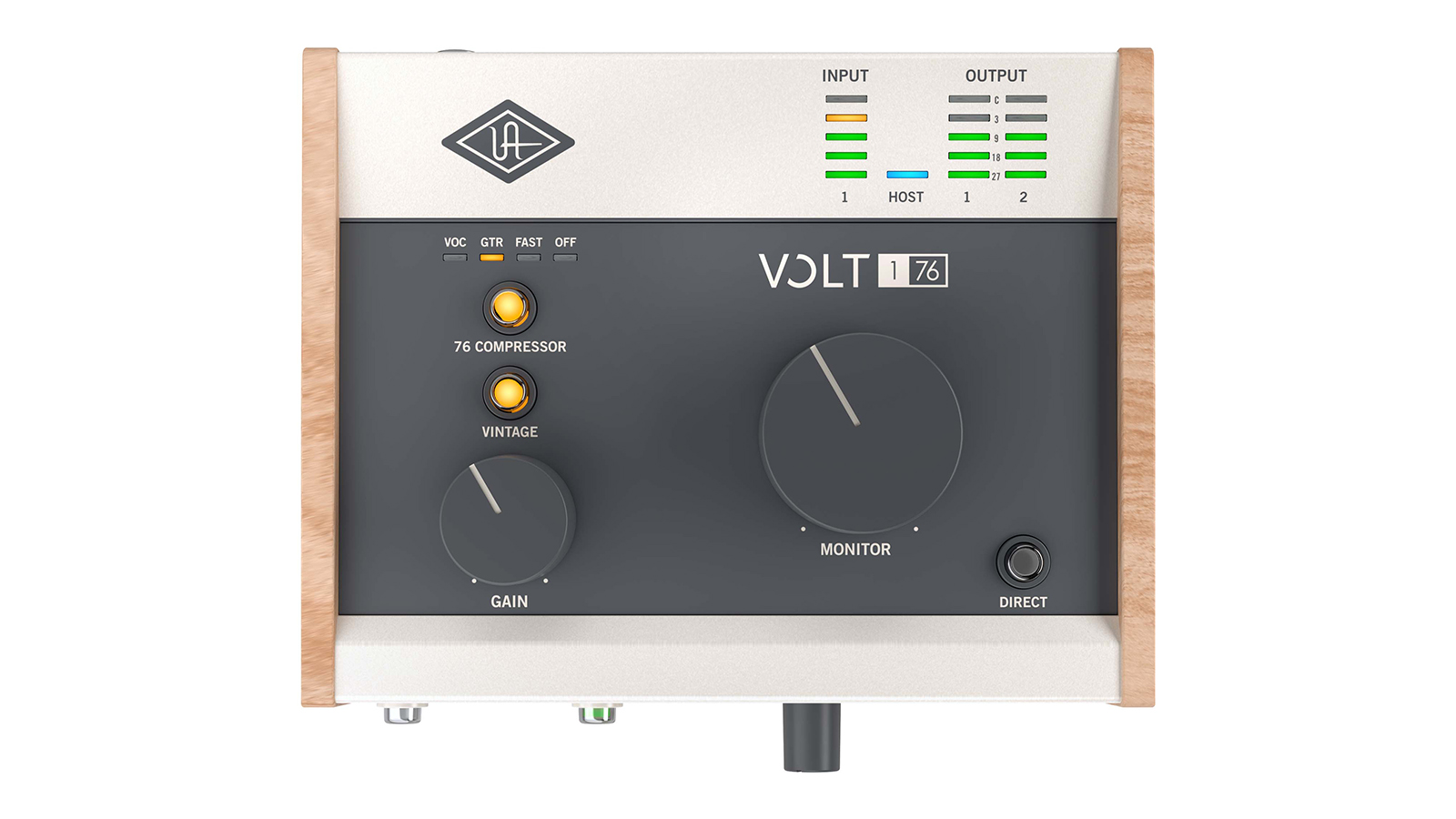
10. Universal Audio Volt 176
Our expert review:
Specifications
Reasons to buy
Reasons to avoid
UA’s Volt 176 isn’t a compressor in its own right, in fact this is a compact audio interface designed to allow users to record from a mic or instrument directly into a computer. We’re including it here though, as it comes equipped with a simple analogue compressor based on the design of the 1176.
Compression controls are pretty basic here, with just three modes to choose from - vocal, guitar and fast - with no access to settings such as ratio or attack/release. Still, these simple setups respond well in most use cases. The interface is also equipped with a ‘Vintage’ mode, which engages a model of UA’s beloved 610 vocal preamp.
If you’re in the market for a wallet-friendly and portable solution for recording vocals, this might be the best solution out there.
Best hardware compressors for vocals: Buying advice
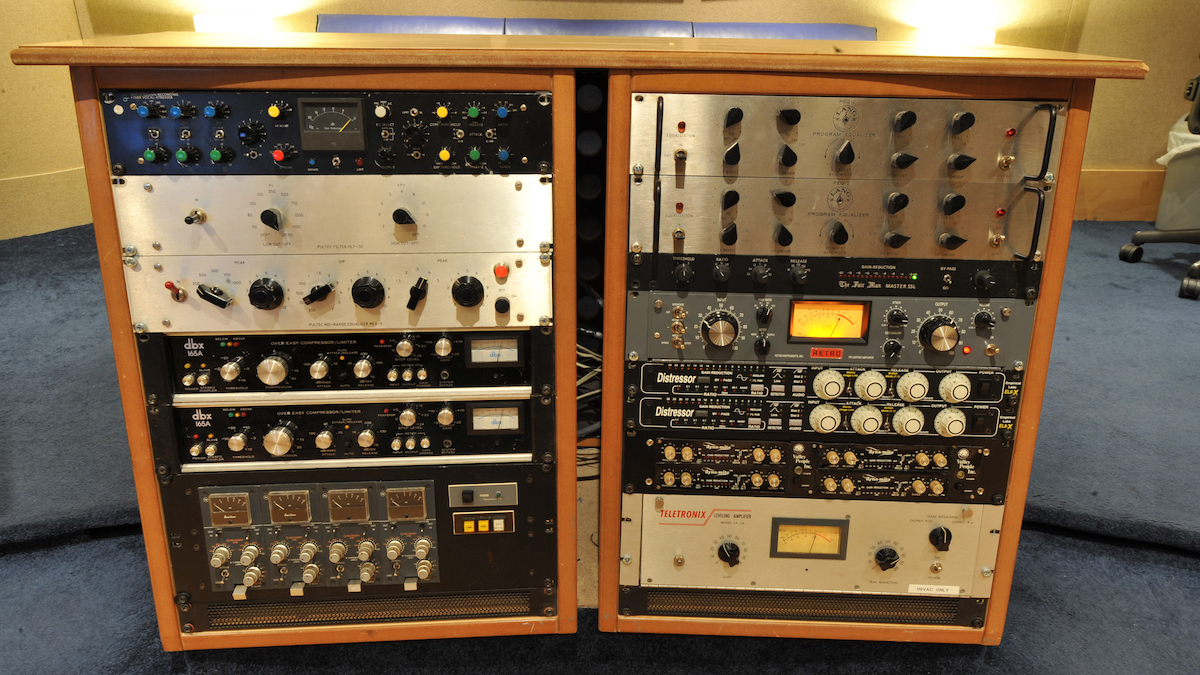
Hardware formats
MusicRadar's got your back
Although many hardware compressors could happily be placed on a desktop, most are designed to be installed in some form of rack. The most common format is 19-inch racks, which are designed to house outboard units and will come in various ‘U’ sizes indicating the amount of space available.
A second popular format, however, is the 500 Series, which is a more compact ‘lunchbox’ format that houses units in vertical configuration. 500 Series setups are a good option for more space-conscious studios or for creating a more portable recording setup.
Analogue compressor types
There are four main approaches to controlling dynamics in the analogue domain. The first of these is VCA or ‘Voltage Controlled Amplifier’ compression. VCA compressors use peak detection to control dynamics, meaning that when signals exceed your chosen threshold, they respond, reducing the volume of those peaks to flatten dynamic range. As VCA compressors are capable of extremely quick response times to transient-heavy material, they’re a hugely popular choice for drum sounds in particular.
One of the most famous compressors of all time, the Urei 1176, which is a type of FET compressor. Like their VCA equivalents, FET designs offer quick response times, but rather than providing the clear, uncoloured sound of VCA compressors, FET designs bring warmth and colour in an unapologetic manner; this is a compressor that wants to be heard.
Opto (optical) compressors use light to determine the process of gain reduction, and they’re particularly great at providing a slower, warmer approach to compression. Opto models usually react more slowly to transients, but they sound musical and natural on smoother and less biting program material. As a result, they also make great mix bus compressors or compressors for grouped sounds. The LA-2A, LA-3A and TubeTech’s CL1B are famous examples of Opto compression.
Finally, there’s Variable Mu compression. Manley’s Vari-Mu is the most famous example of this compression type, and it employs a vacuum tube to achieve dynamic range control. Its non-linear sound is partly achieved as ratio and gain reduction increase in tandem and, like Opto compression, Variable Mu compression is particularly popular across grouped instruments or the main output mix bus, owing to its slower, less aggressive response time.
Related buyer’s guides
- Best compressor plugins: in-the-box compressors for budding producers
- Best studio desks: budget-spanning options for organising your studio
- Best studio chairs: are you sitting comfortably in your home studio?
Want all the hottest music and gear news, reviews, deals, features and more, direct to your inbox? Sign up here.